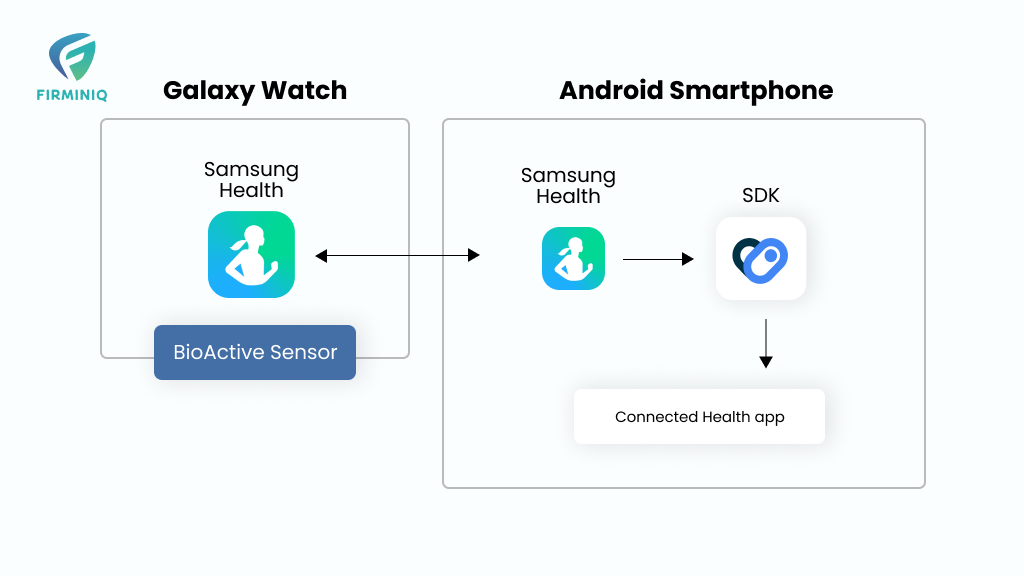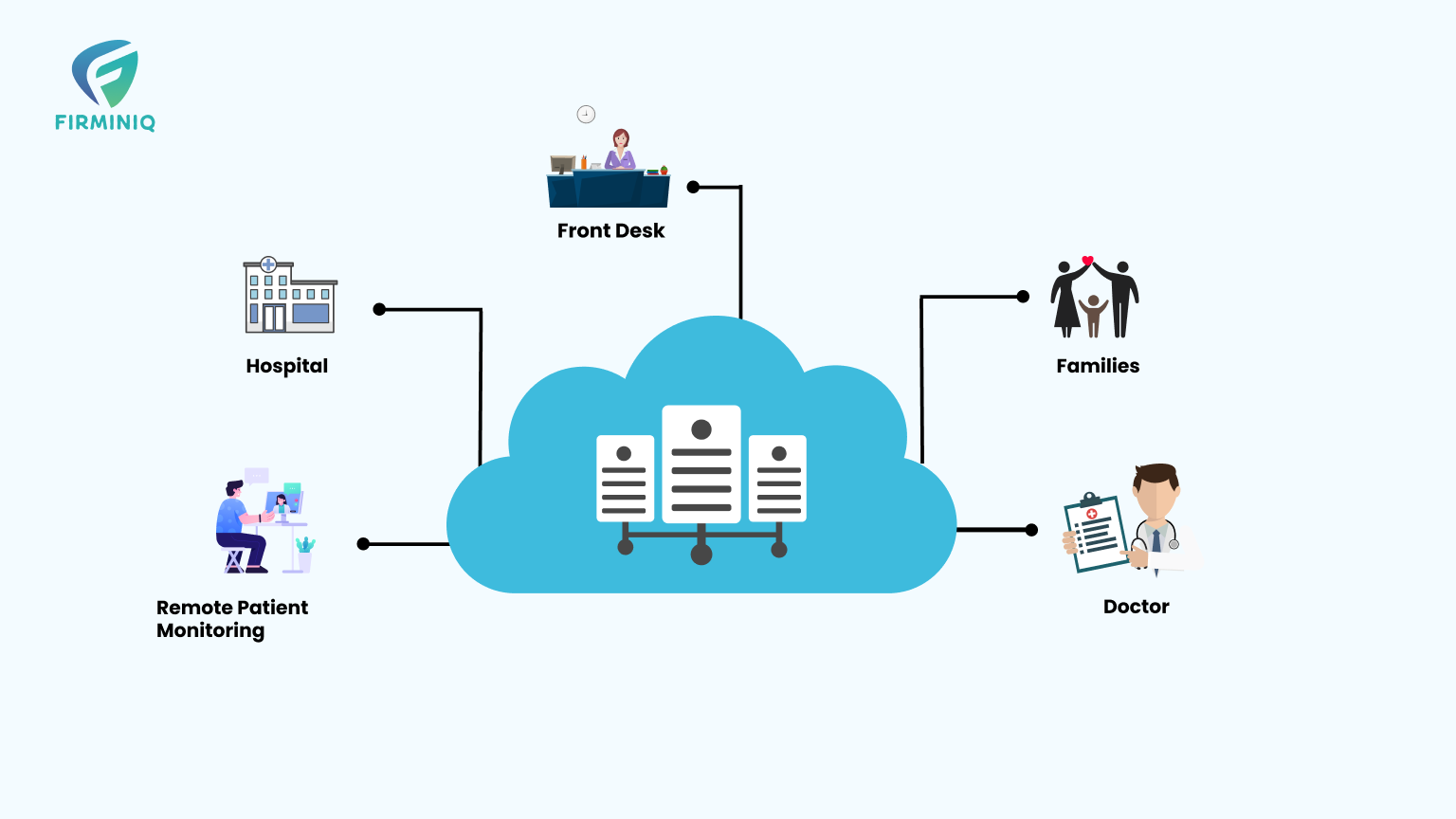Nowadays various healthcare service providers need to stay updated with the latest technologies and services to the end user. For the same, software service providers need to develop and deploy the required changes within a short span of time. For any change, there is the 3 steps process which includes develop – test – deploy. Here the major challenge is; depending upon the changes these challenges might take more time as compared to the time desired by the customer and this may cause a loss in business or can cause other significant issues in the healthcare ecosystem.
How to Overcome the Challenge
Legacy Approach
- All end-user requirements are gathered and shared with the engineering team to implement the solution.
- Once complete implementation is done, then provide the solution to the testing team to test it thoroughly.
- Once certified by the testing team, deploy the change in production for the end user.
Pros
- All requirements of the end-user are implemented at once. The end-user gets the complete solution.
- The engineering team will have ample time to fulfill the requirements.
Cons
- Any change in requirement will have to wait for the next release cycle.
- Releases will be at larger intervals.
- More dependency on people.
Latest Approach
Pros
- Faster changes in production will enhance the customer experience.
- Less dependency on people will not derail the timelines.
- Changes as per the feedback can be made as soon as possible.
Cons
- Engineering team must be quick in learning automation, implementing changes, etc.
How to Implement CI/CD in App Deployment
- Set up Version Control: Use a version control system like Git to manage your codebase. Platforms like GitHub, GitLab, or Bitbucket are commonly used for hosting Git repositories. Developers, testers, and DevOps teams can have their different repositories to maintain the code to avoid conflicts.
- Automate Builds: Set up a build automation tool like Jenkins, AWS CodePipeline or Bitrise to automatically build your project whenever changes are pushed to the repository. Configure build scripts (e.g., using Gradle, Maven, or NPM scripts) to compile code, run tests, and generate artifacts
- Write Tests: Develop automated tests for your codebase to ensure its quality and stability. This includes unit tests (mostly written by Developers), integration tests, and end-to-end tests or regression tests depending on your project requirements.
- Continuous Integration (CI):
- Configure your CI tool to trigger builds automatically whenever changes are pushed to the repository or CI tool can be triggered using project management tools like JIRA, Rally etc.
- Run automated tests as part of the build process to verify code quality and functionality.
- Set up notifications to alert developers about build status and test results. Notifications can be information on the test reports sent via emails or other communication channels (like Teams, Slack, etc.) or logging the defects for failures in bug tracking tools (like JIRA, Rally, QC, etc.).
- Continuous Deployment (CD): An organization can have a dedicated team (DevOps) to handle CD or combination of developers and testers can handle this process
- Define deployment pipelines to automate the process of deploying code changes to various environments (e.g., development, staging, production).
- Use tools like Docker or Virtual Machines for containerization to ensure consistent environments across various stages of deployment.
- Automate deployment tasks such as database migrations, configuration updates, and service restarts.
- Implement blue-green deployments or canary releases for deploying changes gradually and minimizing the risk of downtime.
- Infrastructure as Code: (IaC) Manage your infrastructure using code (e.g., with tools like AWS CloudFormation) to automate the provisioning and configuration of resources needed for your application.
- Monitoring and Logging : Implement monitoring and logging solutions (to track the performance, health, and usage of your application in real-time. Integrate these tools with your CI/CD pipelines to detect and respond to issues quickly.
- Feedback Loop: Encourage a culture of continuous improvement by regularly reviewing and optimizing your CI/CD process. Gather feedback from developers, stakeholders, and end-users to identify areas for enhancement and iterate on your workflows accordingly.
- Security: Integrate security checks into your CI/CD pipelines to scan for vulnerabilities in dependencies, enforce coding standards, and perform static code analysis. Utilize tools like SonarQube for security testing.
- Documentation: Document your CI/CD process, including setup instructions, configuration details, and best practices, to ensure consistency and facilitate knowledge sharing among team members. Tools like Confluence can be helpful for effective documentation.
Conclusion
Through the implementation of CI/CD pipelines, developers can automate the build, test, and deployment processes, reducing manual intervention and minimizing the risk of errors. This automation enables teams to release updates more frequently, facilitating agile development cycles and enabling rapid iteration based on user feedback and evolving industry requirements.
Furthermore, CI/CD empowers health tech companies to maintain high standards of quality and security by integrating automated testing, code analysis, and security checks into the deployment pipeline. This ensures that software updates meet regulatory compliance standards and adhere to best practices in data privacy and patient confidentiality.
By embracing CI/CD, health tech organizations can overcome the traditional barriers to rapid deployment, such as compliance constraints and stringent testing requirements, while simultaneously fostering a culture of continuous improvement and innovation. The adoption of CI/CD methodologies enables health tech companies to deliver innovative solutions to healthcare providers and patients more efficiently, driving positive outcomes and advancements in healthcare technology.






